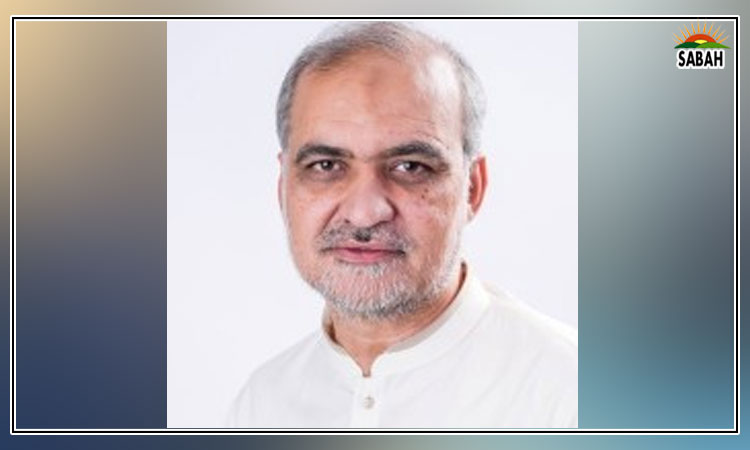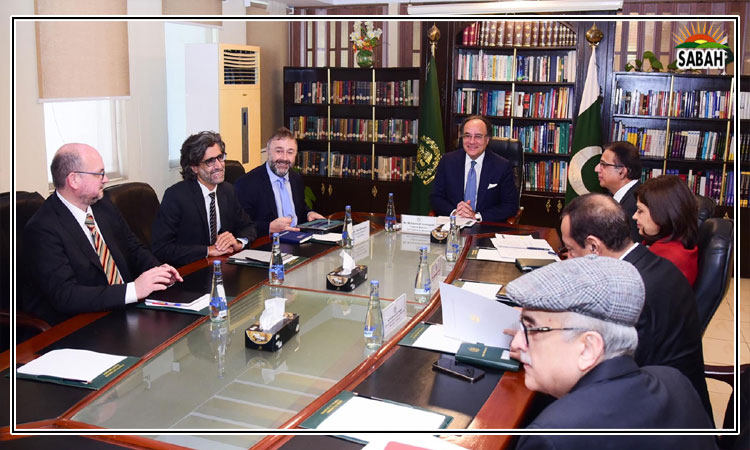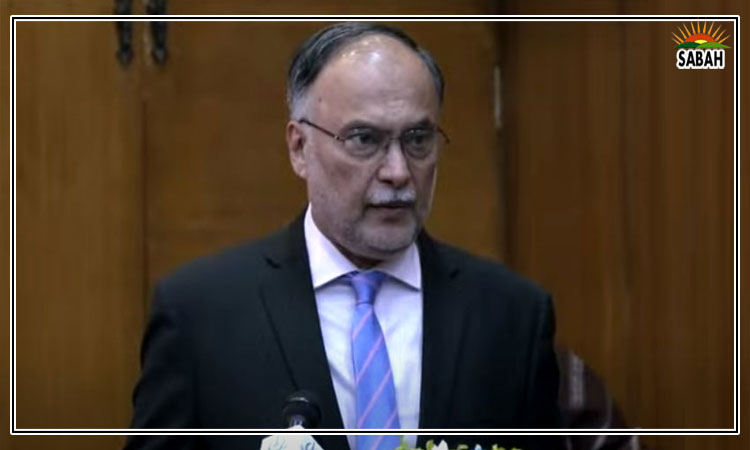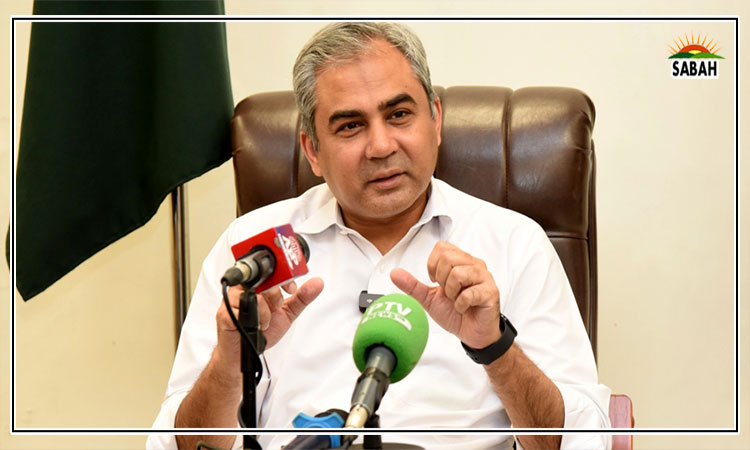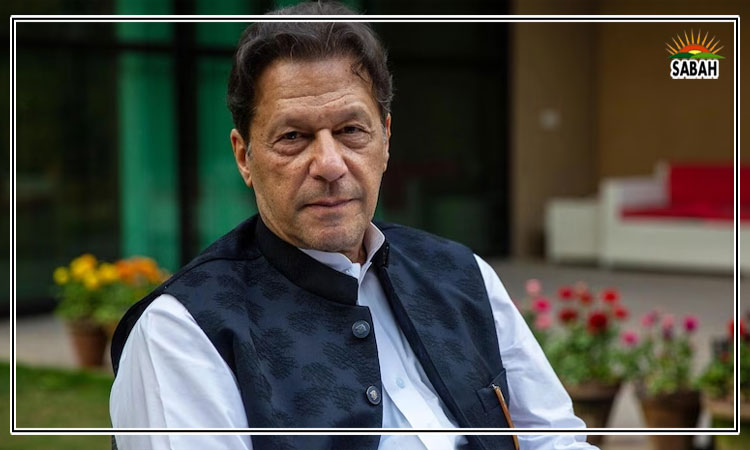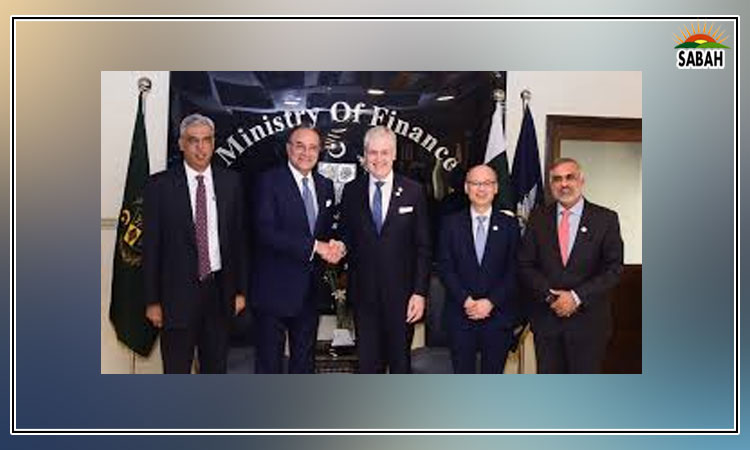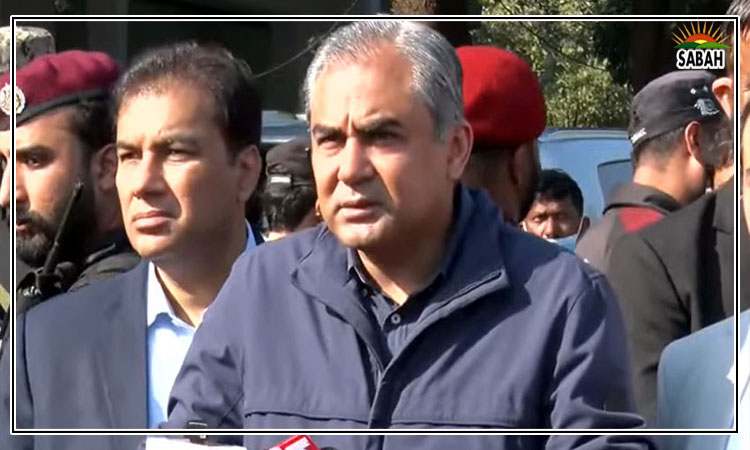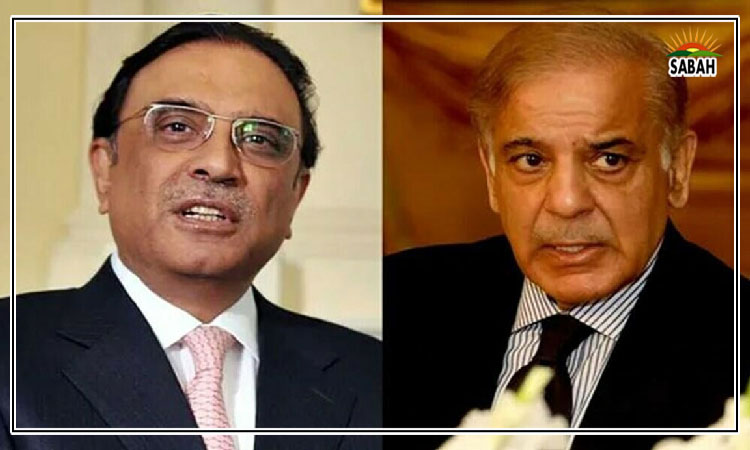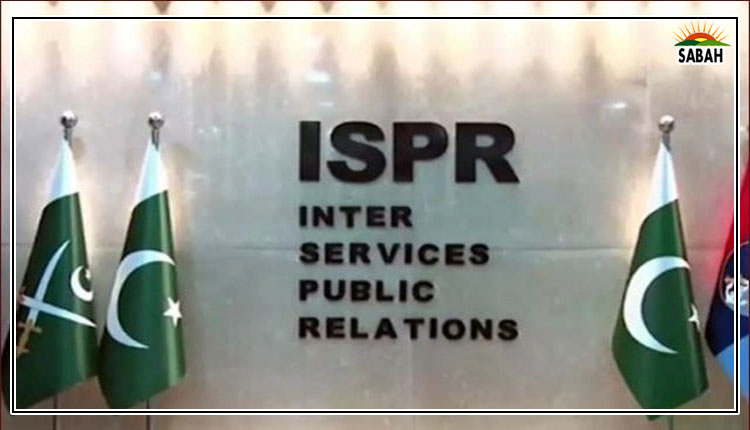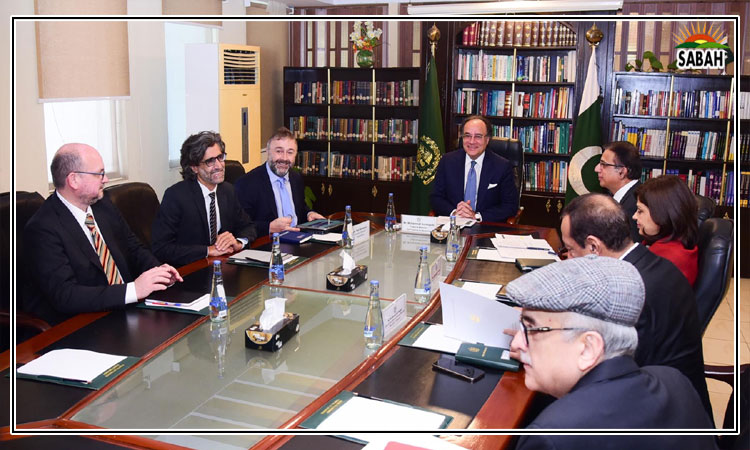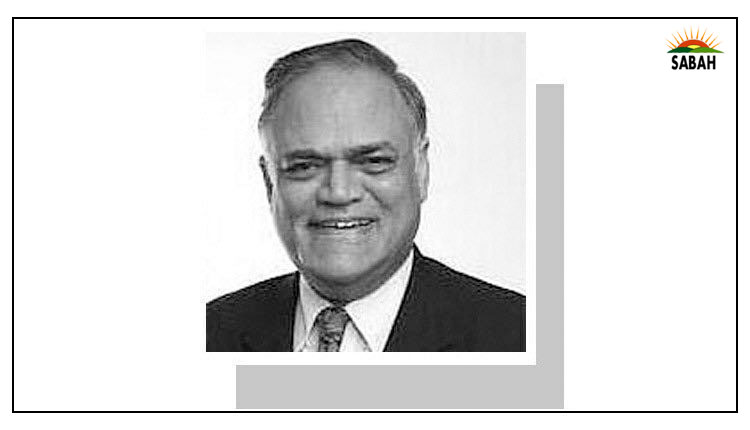September 17: remembering India’s shame…Javed Jabbar
Exactly 75 years ago, on September 17, 1948, India blatantly completed its invasion of the princely state of Hyderabad Deccan that it had launched on September 13.
Using its vastly larger armed forces and using indiscriminate aerial bombardment against civil targets and small and under-equipped forces on the other side, India swiftly penetrated the landlocked kingdom from all four directions to reach the capital city and enforce New Delhis seizure through Operation Polo which was misleadingly termed as police action.
Thousands of uncounted peaceful and unarmed women, men and children were massacred during and soon after the five-day blitz both by official invaders and by armed zealots of the Hindu Mahasabha, RSS, and their likes. According to data, over 17,000 Muslim Hyderabadis were imprisoned.
Reluctantly and belatedly commissioned by Indian PM Nehru, the Sunderlal Inquiry Committees report was suppressed for over 50 years until leaked; the leaked report only confirmed most of the worst estimates.
Though encircled by India on all sides since the insidious takeover of Berar from Hyderabad by the British East India Company in 1853; Berar had provided the state with access to the Arabian Sea and evidently reaching a cul de sac of history and geography when Pakistan and India gained Independence in August 1947, the fairly eccentric seventh nizam of the state insisted on maintaining Hyderabads own separate and independent status against all odds through a Standstill Agreement with New Delhi.
Despite the enduring negative effects of feudalism, the state of Hyderabad was also moving steadily into modernization, in both physical infrastructure and education. For instance, Osmania University became the first institution to develop major translation services, and to then offer specialist higher medical and technical education entirely in Urdu. Thousands of scholars, poets and writers converged there over decades to receive livelihood support and patronage.
Over the 224 years of the existence of the state, under the rule of seven Muslim nizams, starting with Asaf Jah in 1724 and ending with Osman Ali Khan in 1948, the 85 per cent non-Muslim population there thrived in a distinctive, syncretic culture in which all faiths thrived.
Transcending divisive attempts by both Hindu and Muslim extremists, the state experienced mainly peaceful co-existence and celebrated diversity. Spread over 100,000 square miles, the state had its own currency, post, railways, flag and other autonomies of identity.
Personally frugal, the seventh and last nizam was widely reputed to be the richest man of his times. Extremely generous as far as philanthropy went, he sent large sums far and wide for example, from Islamia College in Peshawar to schools in Madras. He also funded the first electricity generators for the then-very-poor Saudi Arabia to enable the first-ever flood-lighting of Makkah and Madina.
The nizam also first secretly and then openly supported the struggling government of the new state of Pakistan which had been deprived of its fair share from the undivided pool. Earlier, the sixth nizam had given a regal welcome to Sir Syed Ahmed Khan in the late 19th century with equally regal funds for Aligarh University.
India had used the pretext of alleged violence against helpless Hindus by an extremist Hyderabadi Muslim force known as the Razakaars as one of the grounds to justify its swift, long-planned operation of September 17, 1948. The xenophobic Indian home minister of the time, Vallabhai Patel, rightly viewed the Hyderabad state as a major obstacle in Indias rush to put up a new Indian framework that would swallow up most of the 562 princely states that existed across the Subcontinent.
In the event, Pakistan absorbed only about eight of that huge number. All the rest over 550 fed the ravenous appetite of the new-born, yet already expansionist, state known as India, also Bharat, the only entity in South Asia that has steadily extended its territory since its birth on August 15, 1947.
Coming about eleven months after Indias invasion of Muslim-majority Kashmir in end-October 1947 while using a fabricated Instrument of Accession whose original version has never been publicly shared Indias cruel takeover of Hyderabad Deccan fuelled the countrys future trajectory of force and aggression, all the while it makes a loud din about democracy and non-alignment.
Indias hegemonic designs have been many, from Junagadh where India ignored an authentic Instrument of Accession favouring Pakistan to Hyderabad Deccan to umpteen other smaller states, to Sikkim to Goa to Pondicherry, to the culmination in the outrageous intervention in East Pakistan on November 21, 1971 (on the absurd grounds that the alleged refugee outflow into West Bengal was a threat to India).
Today, in 2023, Pakistan, with all its crises and flaws, remains the only deterrent in the entire region with the will and the capacity to reject this Indian hegemony and remind the world of the abiding dangers posed by an unreformed predator state. Meanwhile, the original, unique mosaic of Hyderabadi fusion was soon after 1948 callously disfigured and dissolved into Maharashtra, Karnataka, and the Telugu-speaking areas of Tamil Nadu to become part of Andhra Pradesh.
And yet, one hopes the world never forgets the beauty and ugliness of certain truths.
Courtesy The News


